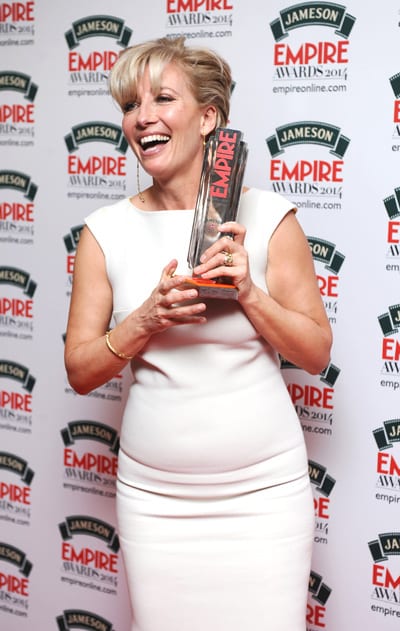Two weeks ago I looked at The Bechdel Test. A set of standards which aim to determine whether works of fiction are gender biased. The three requirements are as follows: the work must feature at least two named female characters, who talk to each other about something besides a male character.
Let’s apply the Bechdel test to a few of the nominees for this year’s Oscars Best Film Award.
Firstly, American Hustle. Two of the main characters are women, Sydney Prosser or Edith (Amy Adams) and Rosalyn Rosenfeld (Jennifer Lawrence). Both are strong female characters although Jennifer Lawrence’s role is mostly as Irving Rosenfeld’s wife. They do talk to each other in a scene in the second half of the film, in a conflict where they argue over Irving. They also briefly mention their favourite nail polishes, so technically this does pass the test, but not with flying colours.
12 Years a Slave is another nominee, including a nomination for Best Supporting Actress for Lupita Nyong’o who plays Patsy in the film. There are a few female characters in the film, Anne Northup (Kelsey Scott), Mistress Epps (Sarah Paulson) is Edwin Epps’ (Michael fassbender) wife, and then Patsey (Lupita Nyong’o). Patsey and Mistress Epps feature in scenes together but only speak when Mistress Epps offers every slave some biscuits save Patsey “there’ll be none for you”.
There is also a scene in the film where Patsey has afternoon tea with Phebe (Deneen Tyler) but the audience does not witness any conversation between the two until Solomon turns up and then Solomon discusses Master Edwin Epps with Phebe and his affection for Patsey. So 12 Years a Slave, this year’s Oscar Best Film winner, does not pass the Bechdel test.
Of the nine Best Film nominees, four pass the test, American Hustle, Dallas Buyers Club, Nebraska and Philomena. The Wolf of Wall Street, Her, Captain Phillips and 12 Years a Slave do not feature two female characters who talk to each other about something other than a man. Gravity is exempt as it starts only two main characters, Ryan Stone – the female lead and Matt Kowalski. It’s interesting to note that all of the five nominated best directors were also men.
This reflects film on a larger scale too, for the last ten years, films that have failed the test have earned on average a higher gross.
















